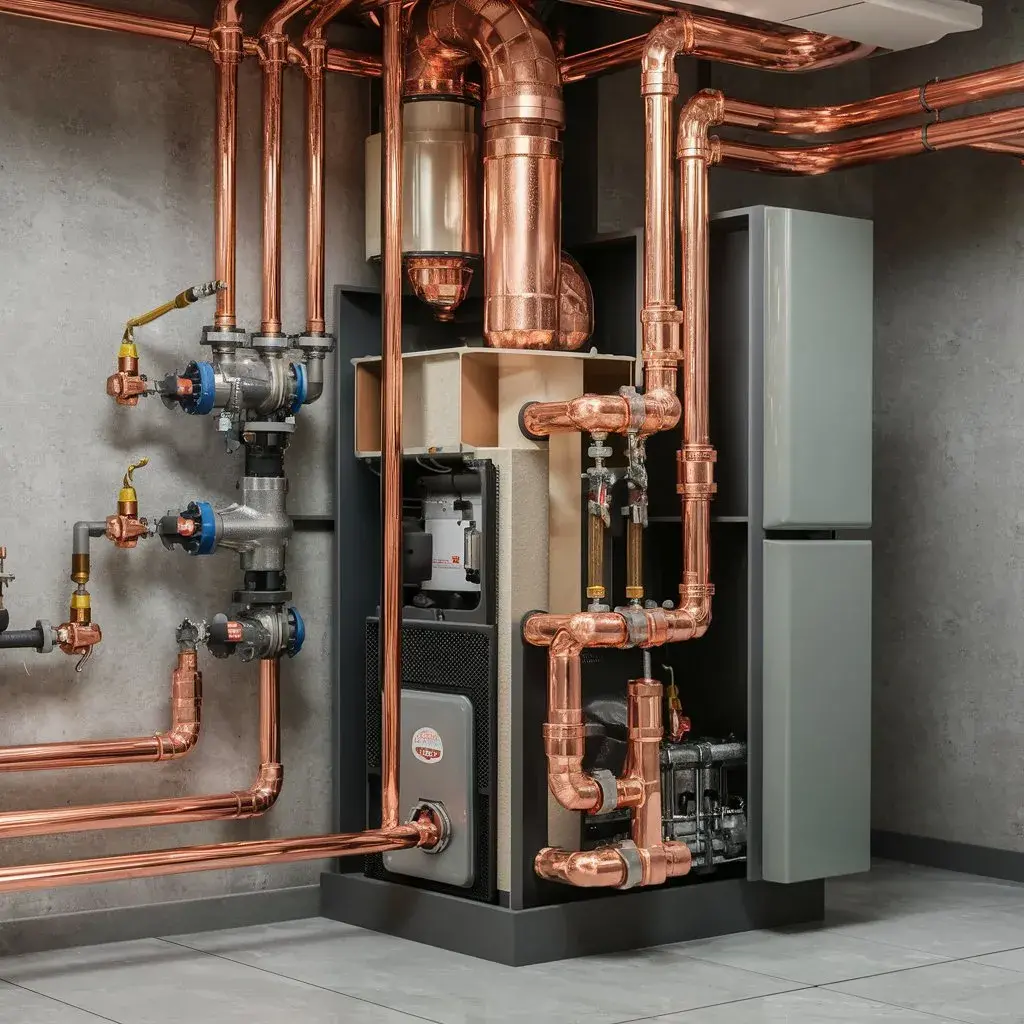The Essential Guide to Heating Repair: Understanding Your System's Components
Just like a car engine is the heart of your vehicle, the heating system acts as the core of your home during those chilly months. You've likely found yourself standing in your basement or utility closet, staring at this complex mechanical beast, and wondering what each part does and if it's performing optimally.
If you're a homeowner, it's essential to have some knowledge about these components, how they work together, and what steps to take for heating repair when something is amiss. But don't fret, we're not leaving you to figure it all out alone.
Stay with us as we unpack the complexities of your heating system, providing you with a comprehensive guide that will equip you to handle most minor issues and understand when it's time to call in the professionals.
Understanding Different Heating Systems
So, what types of heating systems might you find in a typical home and how do they function?
Well, you're likely to come across three main types: forced air, radiant heat, and steam radiant. Forced air systems are popular and work by pushing heated air through ducts and vents.
Radiant heating, on the other hand, involves heating objects in a room directly, creating a cozy, even warmth.
Steam radiant systems are less common but admired for their classic, old-world ambiance. These use hot water or steam to warm up your space.
Understanding your heating system's basic operations isn't just about knowledge; it's about feeling more connected to and in control of your living environment.
Key Components of Your Heating System
To fully grasp the operation of your heating system and navigate heating repair, it's crucial to understand its key components, each with a distinct role in ensuring your home remains warm.
- Furnace: This is the heart of your heating system. It's responsible for generating the heat that warms your home.
- Burner: This component ignites the fuel (gas, oil, or electricity) that powers the furnace.
- Heat Exchanger: It absorbs the heat from the burner and transfers it to the air.
- Ductwork: These are the vessels that distribute warm air throughout your home.
- Thermostat: This is the control panel of your heating system. You set your desired temperature here, and the thermostat signals the furnace to start or stop.

